Graphics Reference
In-Depth Information
through the point. We can relate the frame field to the shape operator for
S
since
U
3
is a normal vector.
9.16.13. Theorem.
Let (
U
1
,
U
2
,
U
3
) be an adapted frame field for a surface
S
. If S is
the shape operator for
S
with respect to the normal vector field
U
3
, then for every
v
ΠT
p
(
S
) we have
()
=
() ()
+
()
()
S
v
w
v U
p
w
v U
p
.
13
1
23
2
Proof.
This follows easily from the definition of S, namely, S(
v
) =-—
v
U
3
.
Define the dual forms q
i
as before. The form q
3
will be zero, so that we shall ignore
it.
9.16.14. Theorem.
(The Cartan structural equations) Let (
U
1
,
U
2
,
U
3
) be an adapted
frame field for a surface
S
. Let w
ij
and q
i
be the connection and dual forms, respec-
tively, of this frame field. Then
(1) (The first structural equations) dq
1
=w
12
Ÿq
2
dq
2
=w
21
Ÿq
1
(2) (The symmetry equation) w
31
Ÿq
1
+w
32
Ÿq
2
= 0
(3) (The Gauss equation)
dw
12
=w
13
Ÿw
32
(4) (The Codazzi equations)
dw
13
=w
12
Ÿw
23
dw
23
=w
21
Ÿw
13
Proof.
See [ONei66].
All the geometric invariants of surfaces can be deduced from Theorem 9.16.14.
There is no space to prove anything here, but it is instructive to indicate how Gauss
curvature K and the mean curvature H come into the picture.
9.16.15. Lemma.
(1) w
13
Ÿw
23
= K q
1
Ÿq
2
.
(2) w
13
Ÿq
2
+q
1
Ÿw
23
= 2H q
1
Ÿq
2
.
Proof.
See [ONei66].
9.16.16. Corollary.
(The second structural equation) dw
12
=-K q
1
Ÿq
2
.
Proof.
This follows from Theorem 9.16.14(3) and Lemma 9.16.15(1).
Finally, frame fields can also be defined for abstract surfaces (manifolds). There
will not be any normal vector because that would not make sense, but one can talk
about frame fields (
U
1
,
U
2
), where
U
1
and
U
2
form an orthonormal basis in each
tangent space. There is no problem about defining the corresponding differential
forms w
ij
and q
i
. The first structural equations would again hold. Since one has no

